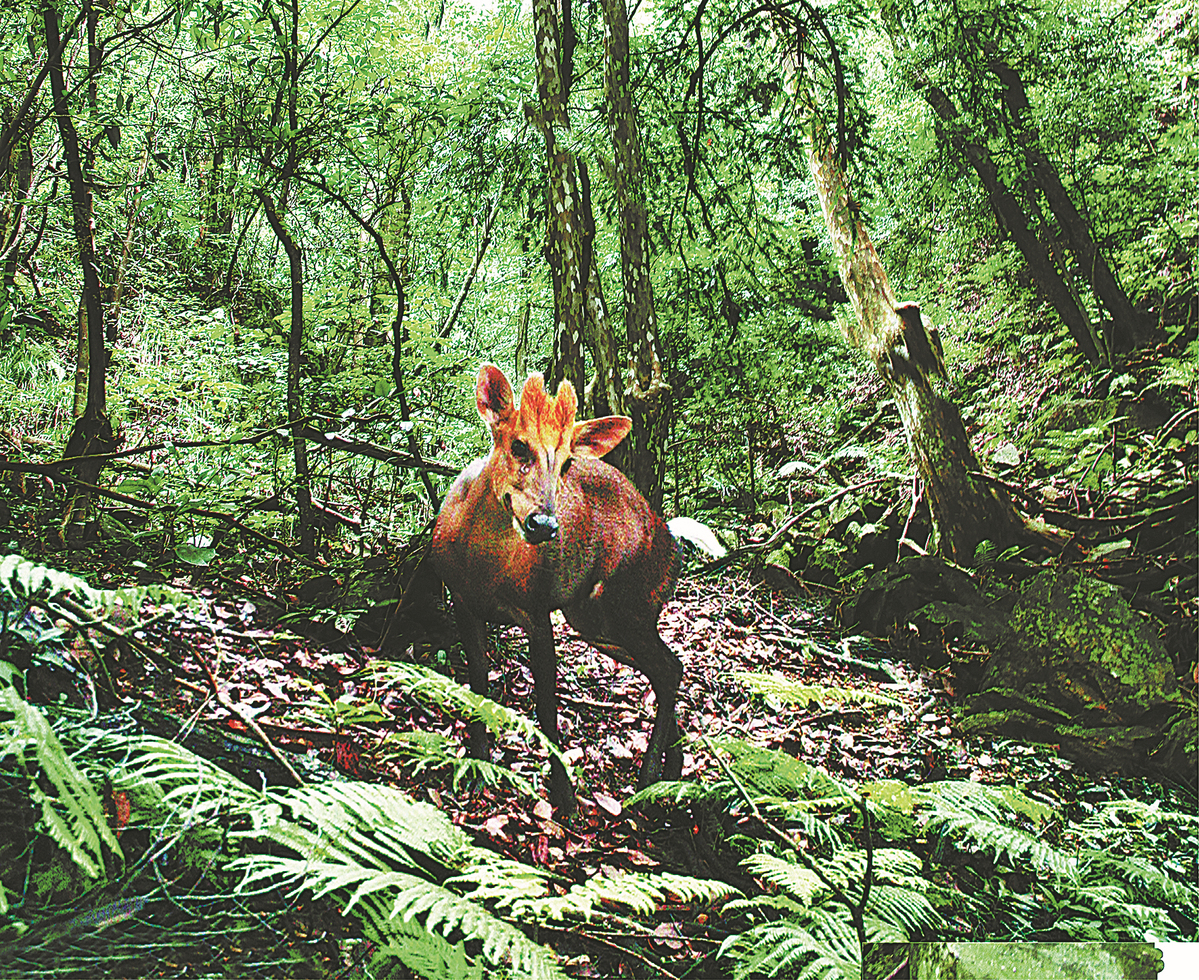
Editor's Note:China Daily is running a series of stories on old revolutionary bases with profound history and heritage that are striving to lead local people on the road to prosperity in the new era.

Visitors to site in eastern part of province may encounter rare and endangered species
A Chinese serow drinks from a clear brook, a leopard prowls stealthily through the mountains at night, an Asiatic black bear roams the forest in broad daylight and a crested serpent eagle flaps its way across the sky.
These are among some of the most common sights in the Qianjiangyuan section of the Qianjiangyuan-Baishanzu National Park, which was created in 2020 following the integration of the Qianjiangyuan and Baishanzu national parks.
Located in the northwestern part of Kaihua county in Zhejiang province, the Qianjiangyuan section of the park covers an area of 252 square kilometers and includes three reserves, four towns and 21 administrative villages. It was one of the first 10 pilot national parks created in 2016 to protect China's environment.
As its name suggests, Qianjiangyuan is the source of the Qiantang River, the "mother river" of Zhejiang province. It is still home to a large area of native evergreen broad-leaved vegetation typical of lowland mid-subtropical zones that is increasingly rare in other parts of the world.